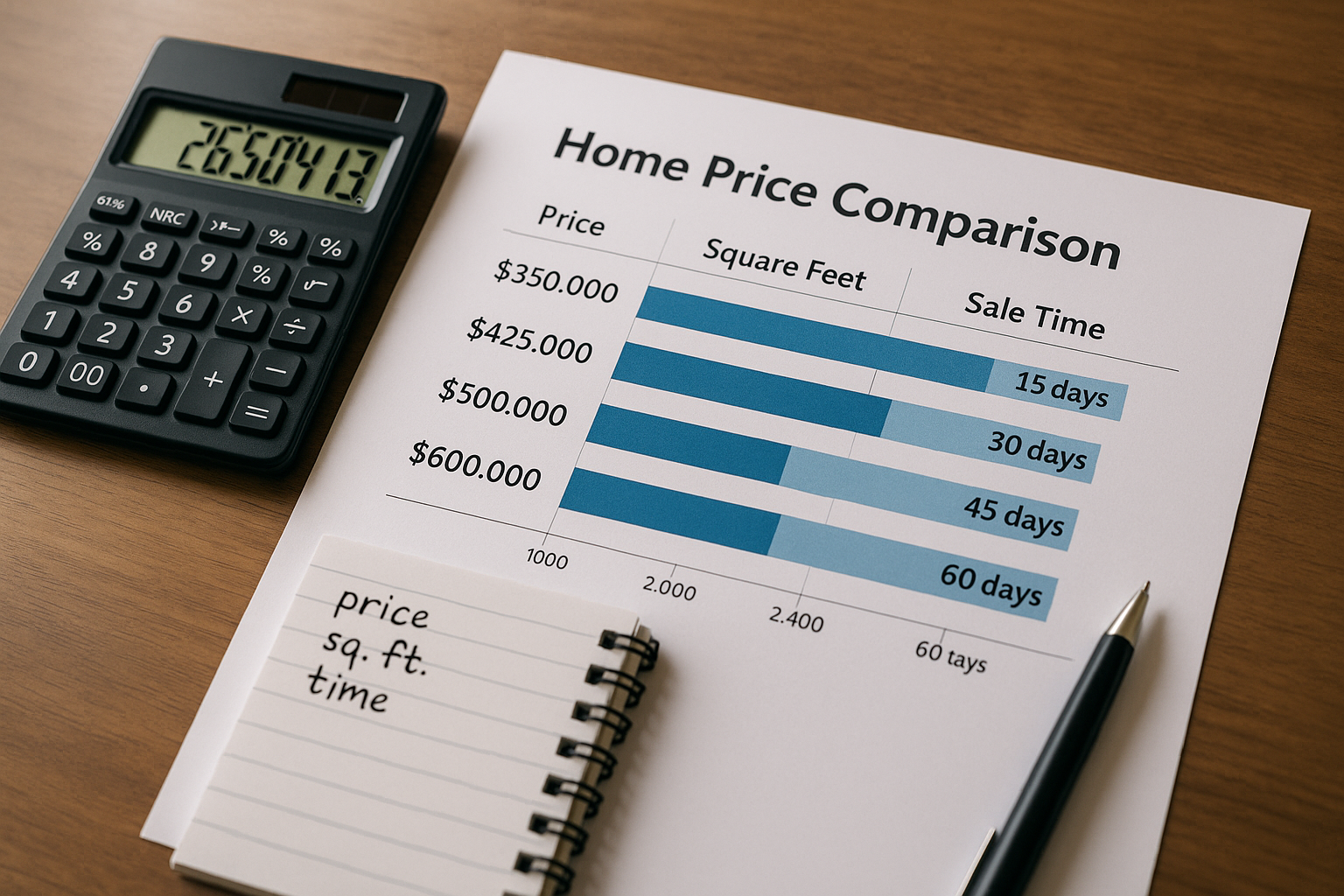Master Comparative Market Analysis Boost Home Sale Profits
If you're eager to maximize your home sale profits, mastering the art of Comparative Market Analysis (CMA) can unlock hidden opportunities and guide you to browse options that elevate your real estate strategy.

Understanding Comparative Market Analysis
Comparative Market Analysis (CMA) is a critical tool for anyone looking to sell their home at the best possible price. It involves evaluating similar properties in your area that have recently sold, are currently on the market, or were listed but did not sell. By assessing these properties, you can accurately determine your home's market value, which is essential for setting a competitive listing price. This analysis helps you understand the local market trends and buyer preferences, allowing you to position your home effectively.
The Benefits of a Well-Executed CMA
A well-executed CMA offers numerous benefits. First, it provides a realistic price range for your property, ensuring you don't overprice or underprice your home. Overpricing can lead to extended time on the market, while underpricing might result in a loss of potential profit. Additionally, a thorough CMA can highlight unique features of your home that could justify a higher asking price compared to similar properties. This strategic pricing can attract more buyers, potentially leading to competitive offers and a higher final sale price.
Steps to Conducting a Comparative Market Analysis
Conducting a CMA involves several key steps:
- Identify Comparable Properties: Look for homes that are similar in size, age, location, and features. This often involves searching through real estate listings and databases.
- Analyze Recent Sales: Focus on properties that have sold within the last three to six months to ensure the data reflects current market conditions.
- Evaluate Active Listings: Consider properties currently on the market as they represent your competition. Analyzing their pricing strategies can provide insights into market demand.
- Adjust for Differences: Make adjustments for any differences between your home and the comparables, such as renovations or unique features, to refine your price estimation.
Real-World Examples and Data
For example, a recent analysis in San Francisco showed that homes with updated kitchens sold for 8% more than those without such upgrades1. In another case, homes located near public transportation in New York City saw a 10% increase in value2. These insights underscore the importance of considering both tangible and intangible factors in your CMA.
Leveraging Professional Services
While you can conduct a CMA independently, leveraging professional real estate services can enhance accuracy and efficiency. Real estate agents have access to comprehensive databases and market insights that can refine your analysis. Additionally, many agents offer CMA services as part of their listing package, providing a competitive advantage in the market. By visiting websites of local real estate agencies, you can explore these options and find a service that aligns with your needs.
Final Thoughts
Mastering Comparative Market Analysis is a powerful strategy to boost your home sale profits. By understanding the market dynamics and strategically positioning your property, you can attract more buyers and achieve a favorable sale price. As you embark on this journey, remember to explore specialized services and resources that can support your goals, ensuring you make informed decisions that lead to successful outcomes.